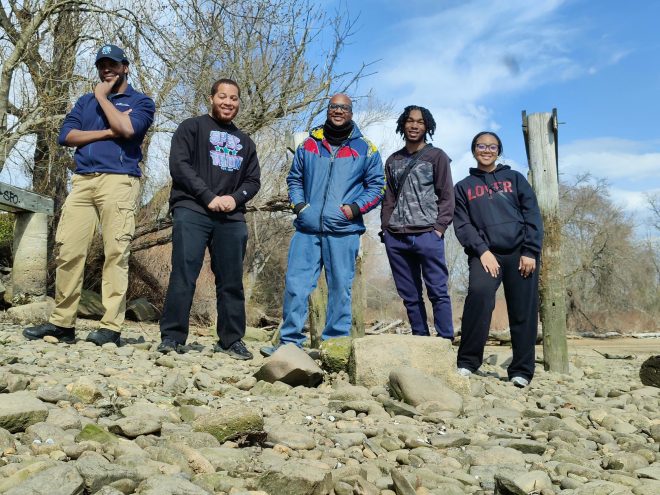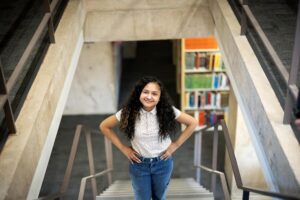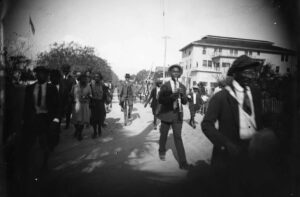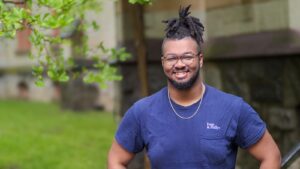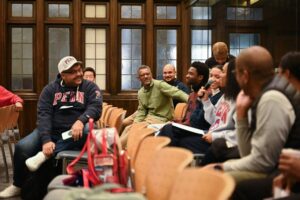The stories that go unheard the longest often resonate the loudest when they are finally heard. This sentiment is the core driver of Independence Seaport Museum’s (ISM) new oral history project, Breaking Uncommon Ground on the Delaware River. The initiative is an extension of the museum’s ongoing exhibition, Tides of Freedom: The African Presence on the Delaware River. The neew oral history project will focus exclusively on three distinct groups of people: Black people who worked in labor unions along the Delaware River, Black women who did work connected to the Delaware River, and anyone who lost their home or business to demolition when I-95 was built along the waterfront. The organizers of the new project are hoping that people on both sides of the Delaware River will contribute their personal stories from now until May 2026 for a prospective launch in the fall of 2026.
Unlike Tides of Freedom, which has a broader scale and focuses on Philadelphia’s role in the slave trade, Revolutionary War era, Civil Rights movement, and the turn of the 20th century, Breaking Common Ground zeroes in on events that transpired from the 1950s to 2015 with local, generational stories centered on the Delaware River.
According to Peter Selbert, ISM’s president and CEO, the new project is “not only central to the Seaport Museum’s core purpose, but personally important to me and the staff.” These stories are part of a bigger effort to tie into the people and events that have shaped the waterfront and will create not only personal connections, but a time capsule that future Philadelphians can draw upon, learn about, and hopefully add onto at a later date. This is exemplified by the staff of Paul Best, the project’s director, which includes three local high school students and two students from Temple University and the University of Pennsylvania who have assisted with the data collection and canvassing for the project.
Best, a transplant from Gary, Indiana, who also serves as a museum educator at the Penn Museum of Archaeology and Anthropology and is the founder of the storytelling troupe Black Boys Makin’ Noise, explained that his grandfather was the first certified Black electrician in Philadelphia. This is what prompted his interest in the new project. By offering an opportunity for “learning the everyday Black history that we kind of overlook whether it is not being shared or covered,” Best hopes to get people interested in not only sharing their own stories, but engaging with the physical exhibit or through the audio/visual part of the project that will be made available on ISM’s YouTube channel and at the J. Welles Henderson Research Center.
Thus far, the most difficult part of the project has been finding stories related to the construction of I-95, which took place between 1959 and 1985. Best revealed that this difficulty is due to people who were personally affected either passing away or not wanting to dredge up memories they would rather forget. Nevertheless, the fallout from I-95 is a part of local history, especially in terms of urban renewal and the people who were displaced. Their voices and stories are an essential part to telling the entire story.

